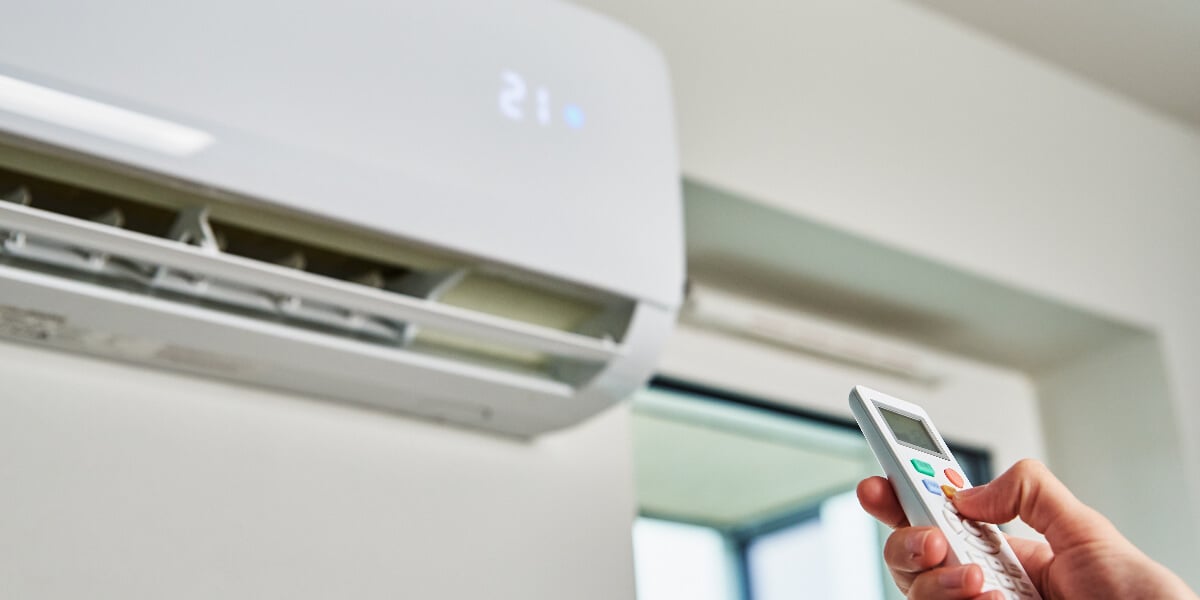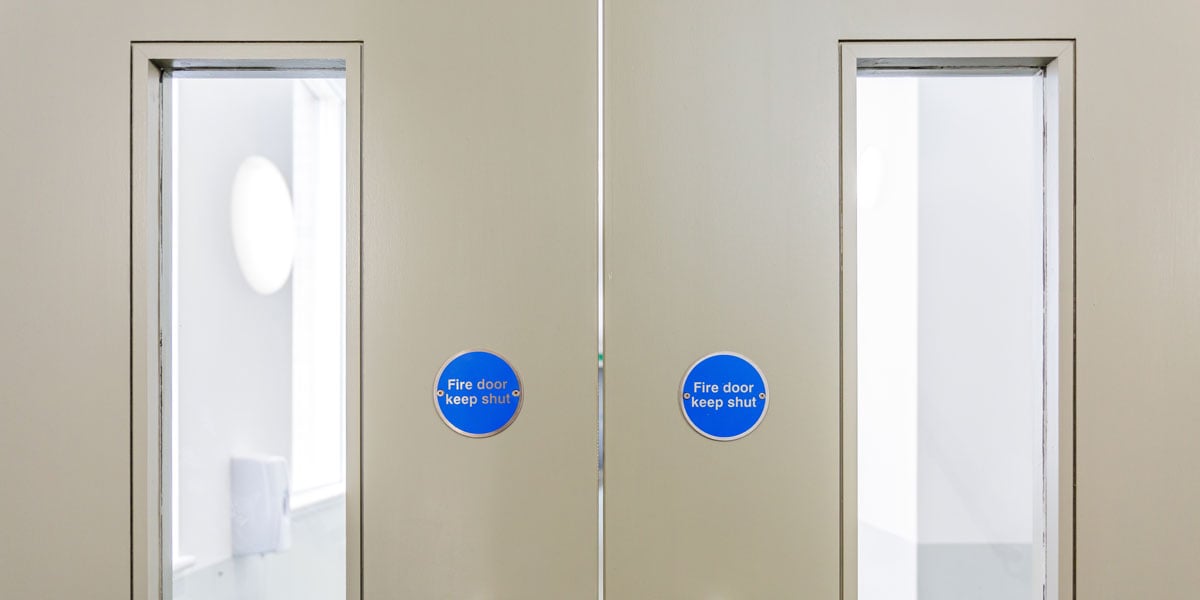The new Fire Safety Regulations 2022 are now in force
The Fire Safety Regulations 2022 for England came into force on January 23, 2023. The overarching purpose of the regulations is to prevent another Grenfell Tower fire, which killed 72 people and injured another 70.
The new fire regulations attempt to improve fire safety in blocks of flats and protect residents’ lives. They introduce new duties for the Responsible Person, who is central to ensuring the fire safety of high-rise buildings.
Who is the Responsible Person?
Anyone deemed to be the duty holder in control of the building or premises is considered the Responsible Person. Depending on the type of building, the following will likely be the Responsible Person:
- The facilities manager
- The building manager
- The managing agent
- The risk assessor
- The employer
- The owner of the building
- The landlord
The Responsible Person could be an individual or an organisation. If you don't know who the Responsible Person is, the business or property owner should tell you. If you are the business owner or building owner, you are likely to be the Responsible Person.
The concept of the Responsible Person was established in the Regulatory Reform (Fire Safety) Order 2005.
What is the Regulatory Reform (Fire Safety) Order 2005 (RRO)?
The RRO replaced around 70 separate pieces of legislation that previously governed commercial fire safety. It ensures that there is a designated person responsible for taking reasonable measures to prevent an outbreak of fire for every building covered by the act. That same person also needs to do everything possible to ensure that occupants can escape safely from the building if a fire breaks out.
These measures should be included in the fire risk assessment.
What is involved in the fire risk assessment?
A fire risk assessment is a thorough evaluation identifying the risks and hazards of a commercial property. As the Responsible Person is legally in charge of the property, they must ensure that a competent person has conducted a fire risk assessment.
The risk assessment includes five steps:
Step 1: Identify any hazards on the premises
For example, sources of fuel, oxygen, and ignition must be stored separately and correctly to prevent accidental combustion.
Step 2: Identify the people who are most at risk
There may be particularly vulnerable people in the building who will be at additional risk in the event of a fire, including children, older people, or the disabled. These people may need extra help to ensure they are alerted and evacuated effectively. The fire risk assessment must detail how they can evacuate safely in an emergency.
Step 3: Evaluate, remove, reduce, and protect from risk
The plan should evaluate the specific level of risk for the premises, and fire hazards should be removed where possible.
- Separate flammable materials from ignition sources
- Replace flammable materials with less risky (or flame-retardant) materials
- Have a safe smoking policy
On fire detection and alarm systems:
- A reliable fire detection and alarm system must be installed. This will vary depending on the size and nature of the property, but it must always be capable of detecting a fire and alerting the people inside the building.
Have fire extinguishers available:
- Have a multipurpose extinguisher that is in date
- Have one fire extinguisher for every 200m² of your premises
There must be fire doors throughout the premises:
- On the escape path, every fire safety exit door must be operable without a key or specialised training.
- Doors on the escape path in buildings with a high volume of people should be operable with push pads or push bars.
Safe escape routes must be available:
- Every occupant must have an escape route, and effective emergency signs must guide those escaping a fire.
Step 4: Record, plan, inform, instruct, and train
The Responsible Person must:
- Record any major findings and actions taken
- Discuss and work with other responsible people
- Prepare an emergency plan
- Inform and instruct relevant people
- Provide training
Step 5: Review and Revise
The risk assessment must be regularly reviewed and revised to ensure it remains fit for purpose.
Which buildings are affected by the new fire regulations?
The regulations apply to any building in England with two or more residential units. Buildings could be residential, mixed-use developments, apartment buildings (new or renovated), student housing, multi-family homes, or senior living.
The regulations do not impact single private dwelling houses or maisonettes containing two flats.
The Fire Safety (England) Regulations 2022 split multi-occupied residential buildings into three categories:
- All multi-occupied residential buildings (with two or more sets of domestic premises)
- Multi-occupied residential buildings above 11 metres
- High-rise, multi-occupied residential buildings above 18 metres (seven stories or more)
What are the Responsible Person’s responsibilities under the Fire Safety Regulations 2022?
The Fire Safety (England) Regulations 2022 detail new duties for the Responsible Person.
For all multi-occupied residential buildings, Responsible Persons must:- Provide residents with information detailing the importance of fire doors in fire safety
- Provide residents with pertinent fire safety instructions, including information on how to report a fire and instructions on what residents should do in the event of a fire (based on the building's evacuation plan)
- Carry out quarterly checks on all communal fire doors
- Carry out annual checks on flat entrance doors
- Provide current electronic building floor plans to their local Fire and Rescue Service and keep a hard copy of these plans on-site, together with a one-page building plan that lists important equipment to tackle fires.
- Advise the Fire and Rescue Service of any significant alterations to the external wall system of a high-rise building, and provide information regarding the design and materials of that wall system. Additionally, they must disclose any mitigating measures adopted and the level of risk caused by the external wall structure's design and the materials used.
- Conduct regular inspections of the building's standard lifts and evacuation lifts for use by firefighters. They must also verify the effectiveness of other essential pieces of firefighting gear. If a lift or other piece of equipment is found to be malfunctioning and cannot be repaired within 24 hours, they must immediately notify their local fire and Rescue Service. The results of the checks will then need to be documented and made available to the inhabitants.
- Install and keep a safe information box inside their building. The Responsible Person's name, address, phone number, and physical copies of the building's floor plans must be included in this box.
- Install signs in the stairwells of buildings indicating flat and floor numbers. These should be visible in poor light or smoky environments.
Fire safety training courses are a great way for the Responsible Person to keep up to date with the latest legislation and help maintain a high level of compliance.
Will compliance with the new fire regulations be expensive?
Compliance will likely result in additional expenses, including hiring a fire consultant, fixing signs, and paying for lift maintenance and firefighting tools.
However, the new fire safety regulations do not stipulate who should pay for compliance. Therefore, the parties engaged in the ownership, management, and occupation of affected buildings must negotiate who is responsible for compliance.
Ultimately, who pays will depend on the conditions of the agreements established by the parties, including operational agreements, leases for the use of real estate, and management contracts.
How much compliance costs depend on the current state of your building, but working with an experienced consultant will future-proof your building and help avoid penalties for non-compliance.
What are the penalties for non-compliance?
Fire safety officers will first try to help you comply before they resort to punishments. However, not complying can be expensive.
Minor offences can often result in a £5,000 fine. Major violations can result in unlimited fines and up to two years imprisonment.
Conclusion
All additional compliance-related duties are burdensome. However, the Fire Safety Regulations 2022 have been widely welcomed as a proportionate response that will improve the safety of the people in multi-occupied buildings.
Topics: Ventilation Hygiene & Testing

Written by Dariusz Zarowny
Dariusz has over 17 years of experience in operations. He started his career as an Assistant Engineer and progressed to Head of Air Operations. In his role as Head of Air Operations Manager for Hydro-X Air, Dariusz manages over 120 engineers. He continually keeps up to date with the latest industry qualifications, including TR19, Ventilation Hygiene Ductwork Cleaning, DW145, BS9999, RRO2005, NAPFIS, IFI, IPAF, PASMA, Asbestos Awareness and PAT Testing.





